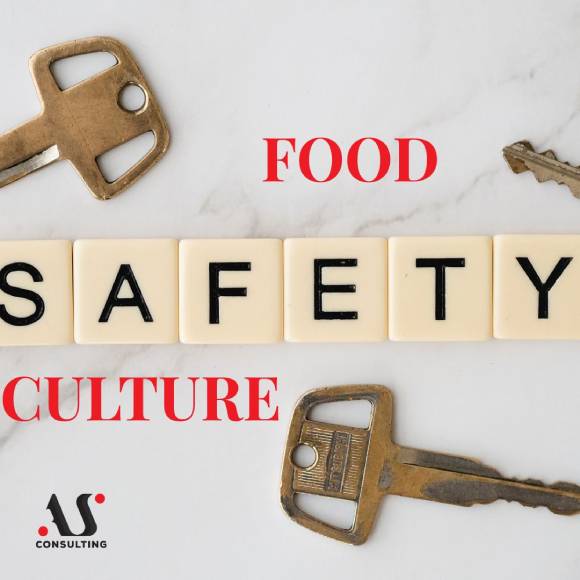
FOOD FRAUD
August 26, 2020On our blog, in article which explains the novelties in the IFS Food version 7 standard, the term "food safety culture" is mentioned. What does this actually mean and how to understand and apply it in practice?
The Global Food Safety Initiative (GFSI) defines a food safety culture as: "Shared values, beliefs and norms that influence the way we think and behave towards food safety throughout the organization."
Culture of any kind is tied to a group, not an individual (common values, beliefs and norms). Since the new members of the group (in this case the organization) adopt the existing norms and values, the positive culture of food safety in the company is of great importance. Also, what is set up as a culture becomes learned by all members of the group and is difficult to change. For example, when a new employee learns from the beginning of his employment that he must, and more importantly, why he must take care of personal hygiene and workplace hygiene, it becomes a learned pattern of behavior and can rarely be deviated from. On the other hand, if employee sees that the company does not strictly follow the hygiene rules, he/she will not try to respect them as an individual, nor will he/she develop awareness of the consequences of his/her behavior on food safety.
Establishing a food safety culture is management-related: a food safety culture must be guided by senior management and must be “felt” throughout the organization. The commitment of senior management, reactions to crisis situations and organizational issues, employee training, the way employees are selected give the employees an image of how to establish and nurture a food safety culture. Employees, on the other hand, need to be aware and trained about food safety risks and how to manage them.

How to measure and improve food safety culture?
The BRC Food standard in its version 8 provides an excellent explanation of how to make a food safety culture measurable and then improve it.
1. Measure the current food safety culture in the company How to do this? There are several ways:
- Group interviews with employees
- Individual interviews with employees
- Questionnaires for employees
Through all these methods, a picture of the current situation (current knowledge and consciousness of employees) is obtained, and further steps are determined based on the results. The subjects of the interviews and questionnaires depend on the company itself and which areas it has identified as possible for improvement. What can be examined:
· Knowledge related to food safety
· Workplace and environmental culture
· Management behavior
· Employee behavior
· Daily tasks (operations)
· Communication
· Use of technologies and tools
· Problem solving approach
· Behavior in case of audit, etc.

2. Development and implementation of the Food Safety Culture Plan. What is a Food safety culture plan? These are the medium-term food safety goals of a company (eg five-year). They are set on the basis of results obtained by measuring the current food safety culture and with the aim of continuous improvement.

3 . Improvements. The review of the Food Safety Culture Plan is performed at least once a year and in accordance with the results of the review, actions are planned: should we continue in the same direction or make changes? Do the set measures give results?

For help in measuring the current food safety culture and then establishing a Food Safety Plan, you can contact our agency.





1 Comment
I cannot thank you enough for the wealth of knowledge and insights I’ve gained from this website. It has been an invaluable resource, and I’m deeply grateful for your dedication and expertise. Your dedication to providing valuable information is evident, and I am truly grateful for the impact this website has had on my life. Thank you for providing such a valuable resource for continuous learning.